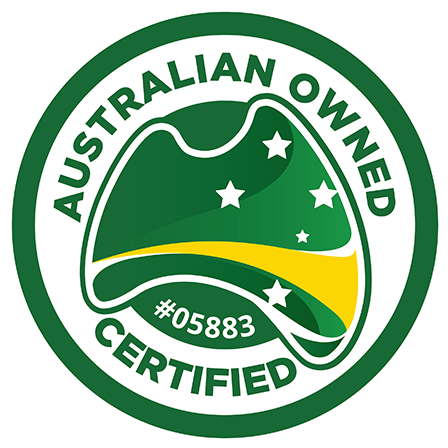Making websites that don’t just look awesome but also feel like a breeze to use. You know how some sites just click with you? That’s the magic of User Experience (UX) web design. It’s like creating a digital space that’s more than just pixels – it’s about making people feel at home, sparking their excitement, and keeping them hooked.
Understanding User Experience (UX) Web Design
User Experience (UX) web design revolves around making every interaction a user has with your website not only efficient but also enjoyable. It involves understanding user behavior, creating a layout that’s easy to navigate, and ensuring that users feel a positive connection with your site.
Why Prioritise UX Web Design
- Happy Users, Happy Returns: A great UX keeps users satisfied, which in turn encourages them to visit your site again and again.
- Keeping Them Engaged: A user-friendly design keeps visitors exploring your site, leading to longer sessions and reduced bounce rates.
- Boosting Conversions: A seamless journey through your site can translate into higher conversion rates, whether it’s sales, sign-ups, or social shares.
- Building Your Brand: A well-designed UX reflects well on your brand, showing that you care about your users’ experience.
Dos for Achieving the Best UX Web Design
- Step into Users’ Shoes: Dive into your users’ world – understand their needs, desires, and what makes them tick.
- Easy Navigation: Make it a breeze for users to find what they’re looking for by creating clear and intuitive navigation.
- Consistency Wins: Keep the look and feel consistent across your site to give users a familiar experience.
- Responsive Design: Make sure your site looks and works well on different devices – from phones to desktops.
- Speed Matters: Optimise your site for speed to prevent users from getting frustrated while waiting for pages to load.
- Readable Fonts: Choose fonts that are easy to read on all screens, and adjust sizes for different devices.
- Quality Content: Offer valuable and relevant content that addresses users’ needs and keeps them engaged.
- User-Friendly Forms: Simplify forms to make it easy for users to complete actions without any hassle.
- Effective Call-to-Action: Design compelling CTAs that guide users towards taking the desired actions.
- Listen to Users: Regularly test your site with real users to gather feedback and make improvements.
Don’ts for Effective UX Web Design
- Avoid Overcomplicating: Keep your design and navigation simple to prevent overwhelming users.
- No Room for Clutter: Declutter your design by removing unnecessary elements that can distract users.
- Pop-ups with Caution: Use pop-ups sparingly and ensure they add value instead of annoying users.
- Say No to Slow: Slow loading times frustrate users – optimize your site for speed.
- Accessibility is Key: Don’t forget about accessibility – make sure your site is usable for everyone.
- Forms: Keep It Simple: Avoid complex forms that might discourage users from interacting with your site.
- Clarity in CTAs: Don’t confuse users with vague CTAs – make sure they know what to expect.
- Autoplay Alert: Avoid autoplaying media that can catch users off guard.
Extra Tips for Seamless UX Web Design
- Customised Experiences: Tailor experiences based on user preferences to create a sense of individual attention.
- Encourage Feedback: Provide ways for users to share their thoughts, turning them into co-designers.
- Starting with Mobile: Begin with mobile design – it’s essential in an era dominated by smartphones.
- Directing Attention: Use visual hierarchy to guide users’ focus and enhance content understanding.
- Emotional Connection: Incorporate emotive elements like relatable images and stories to create a deeper connection.
- Guiding through Errors: Craft helpful error messages to navigate users out of sticky situations.
- Optimisation Beyond Speed: Dive into advanced optimisation techniques like efficient coding and managing resources.
- Smooth Onboarding: Ensure new users have a welcoming and easy experience when first landing on your site.
- Consistency Across Platforms: Maintain a consistent experience across web, mobile, and app platforms.
- Less Cognitive Load: Reduce cognitive load through effective information organisation and hierarchy.
Conclusion
UX web design isn’t just about pixels and code; it’s like mixing art, human nature, and technology to cook up a website that folks can’t get enough of. Imagine knowing your audience like a best friend, crafting designs that match their needs, and making sure your site is as easy to use. It’s all about the dos that make things pop, avoiding the don’ts that trip you up, and sneaking in those extra tips that make your design a total game-changer. In a world where websites have to shine, investing in top-notch UX design isn’t just a smart move – it’s the key to creating a digital world people won’t forget anytime soon.



 ABN: 58 196 482 040
ABN: 58 196 482 040